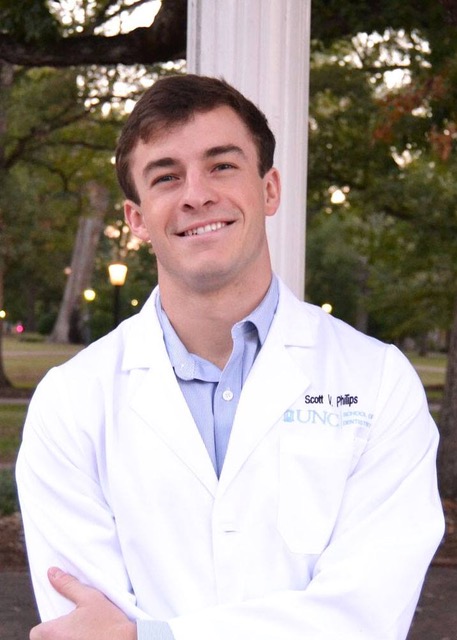May 26, 2021. By Scott Phillips.

I get it. In the midst of all this (*waves hands frantically), going to your dentist may not stand prominent on your list of priorities. As a fourth-year dental student, I see every day the meticulous measures that dental offices have put in place to make a dental visit as safe as any venture outside the home can be. Still, the concept may certainly seem scary, and if you are concerned, I urge you to call up your provider and hear first-hand how they are handling appointments. But even in the absence of fear, we as humans have a remarkable capacity to convince ourselves that the guidelines don’t apply to us. When your teeth are seemingly chewing properly, smiling brilliantly, and behaving painlessly, then you may feel the impulse to push off that next appointment. Doing so, however, would only serve to suppress the stories that your teeth and surrounding oral tissues have to tell, obscuring the invaluable porthole to your overall health that is your mouth.
Just as geologists use stalactites and stalagmites to construct a historical description of a cave, your dentist can decipher a lot about your health from studying your dentition. Teeth present with specific patterns when they are worn away from heavy contact with one another and exhibit other signs when they are eroded by acids from your stomach or from your favorite drink in the vending machine. The excessive clenching and grinding of your teeth, or bruxism, is not only linked to the acid reflux frequently responsible for erosion, but also to sleep apnea, a chronic and debilitating disease that is as underappreciated as it is underdiagnosed. The American Sleep Apnea Association reports that over 20 million Americans are estimated to suffer from sleep apnea, with 80% of moderate and severe cases undiagnosed. Moreover, studies have consistently demonstrated that patients with moderate-severe sleep apnea, and particularly those who are untreated, have a 2-5 times greater risk of death than healthy individuals. The fact that this condition often presents alongside plainly visible, yet largely asymptomatic signs in your oral cavity, means that your teeth, in their muffled cry for help, could literally save your life.
Your teeth, however, are not the only voices your dentist has the privilege of listening to. It turns out that the chorus of your gums, tongue, and inside of your cheeks has just as much to say. One type of “rash” or lesion may be the first sign of an autoimmune condition such as lupus or Crohn’s. Another could indicate anemia or a critical deficiency in iron, B vitamins, or folate. Still other presentations could point towards underlying immunosuppression from a disease such as HIV. And that’s not to mention oral, head, and neck cancer, certain types of which are regrettably on the rise despite their general detectability.
None of this is meant to frighten you, as your likelihood of having the gravest of conditions is still low. But it is time to trust the doctors who, bless their souls, choose to look in people’s mouths all day. It is time to give yourself the full opportunity to catch systemic disease early and to treat your mouth like you would any other part of your body. For those suffering from dental pain or obvious infection, I hope you are only reading this from your dentist’s waiting room. But for those who think they have never really had problems so why bother, I urge you to reconsider. You never know what your teeth may have to say.
Scott Philips is a 2020-21J. Bradley Wilson Schweitzer Fellow and a fourth-year dental student at the UNC Adams School of Dentistry.
